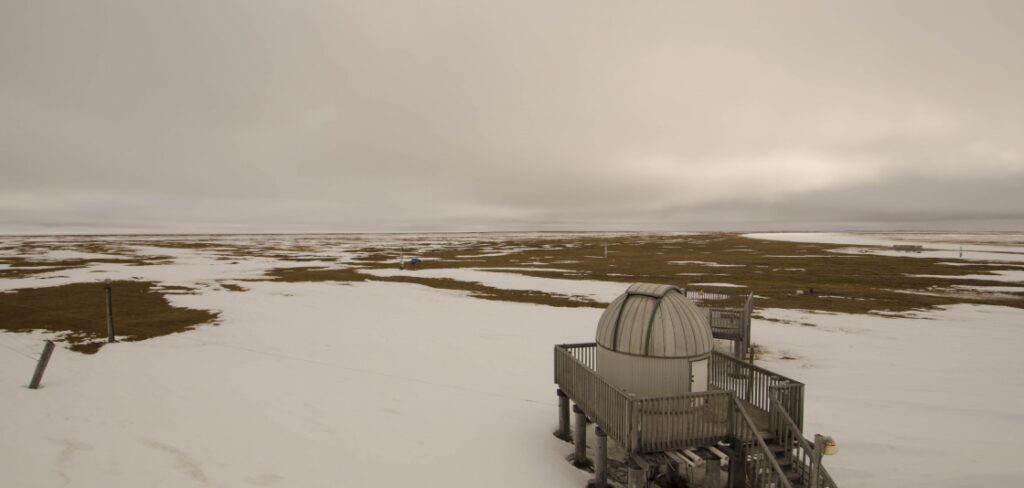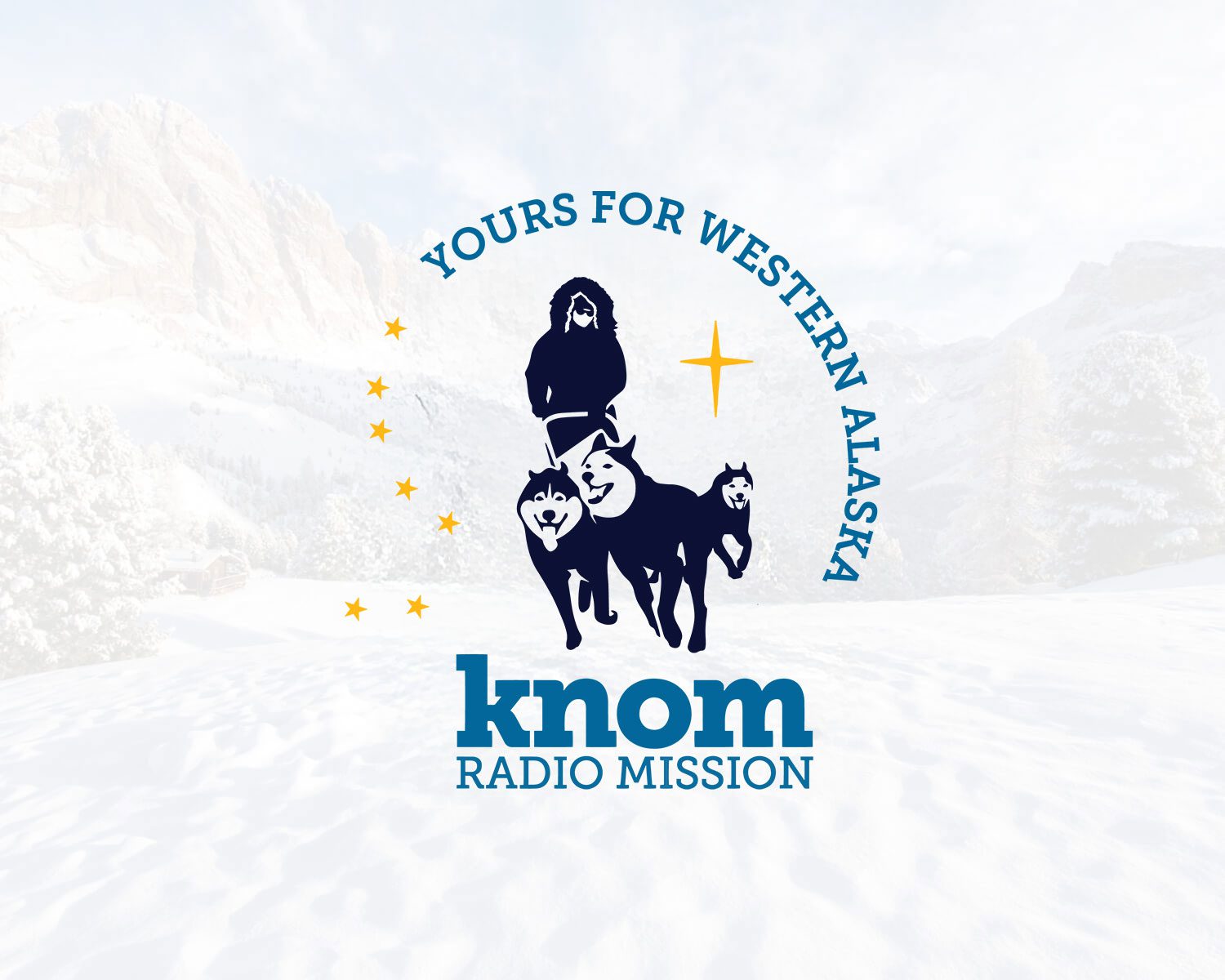(NOME, AK) – The National Snow and Ice Data Center reported the lowest January Arctic sea ice extent in the satellite record. The Center also says Arctic sea ice growth has stalled.
Alaska’s coastal sea ice is thin this year, but it’s too soon to connect large-scale regional data with this year’s local conditions.
That’s according to Becki Heim.
She leads the sea ice program for the National Weather Service in Alaska. She said it’s difficult to directly correlate data from the National Snow and Ice Data Center with what’s happening locally this year.
“There’s so many small scale influences.,” said Heim. “One low pressure system coming into the Bering Sea near Norton Sound can pump up warm air and liquid precipitation that can help melt ice out, while a week later we could have a high pressure system come sit over the Bering Strait and pump in cold air growing our ice again.”
Sea ice is highly variable, explained Heim.
“Just like snow pack cover like over south central Alaska has gone from very maximum snow extent to like what we’re seeing this year with ‘where’s the snow, where’s winter?’ the same thing can happen with sea ice over the Bering Sea,” she said
Heim said sea ice off the coast of Western Alaska has been thin the last two years, but she credits that to wind driven mobility. She also says there’s no way to interpret a trend from only two years worth of data.
“So, this year and last year, we happen to be looking at years where we’re having thinner ice coverage and maximum extent in the Bering Sea might not be as south,” she said. “However within this decade we’ve had ice down to St. Paul island in January and this year, we’re just reaching St. Matthew island.”
The distance between the two islands is at 250 sea miles. Heim says really there are two ways to talk about sea ice: on a seasonal scale and on a climatic scale.
“We’re always going to have sea ice form in the Bering Sea and its always going to melt back in summer,” said Heim. “That’s one thing that’s never going to change. Now, how it forms, how early it forms and how early it breaks up, that’s the exciting part of the science right now and watching things on a daily basis. When does it come and when does it go?”
Heim said those are the extremes scientists are seeing more and more.







